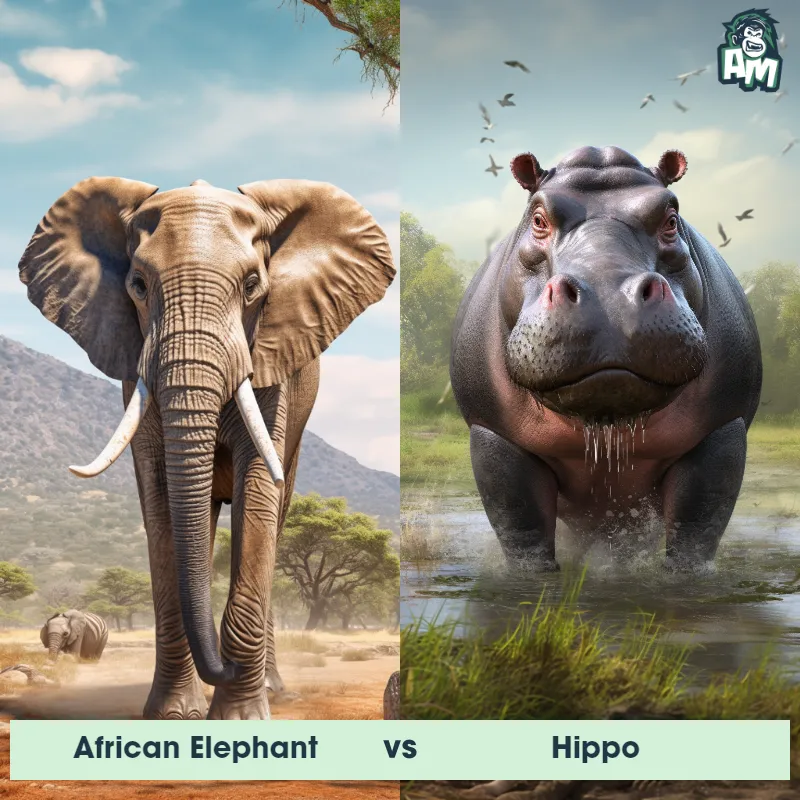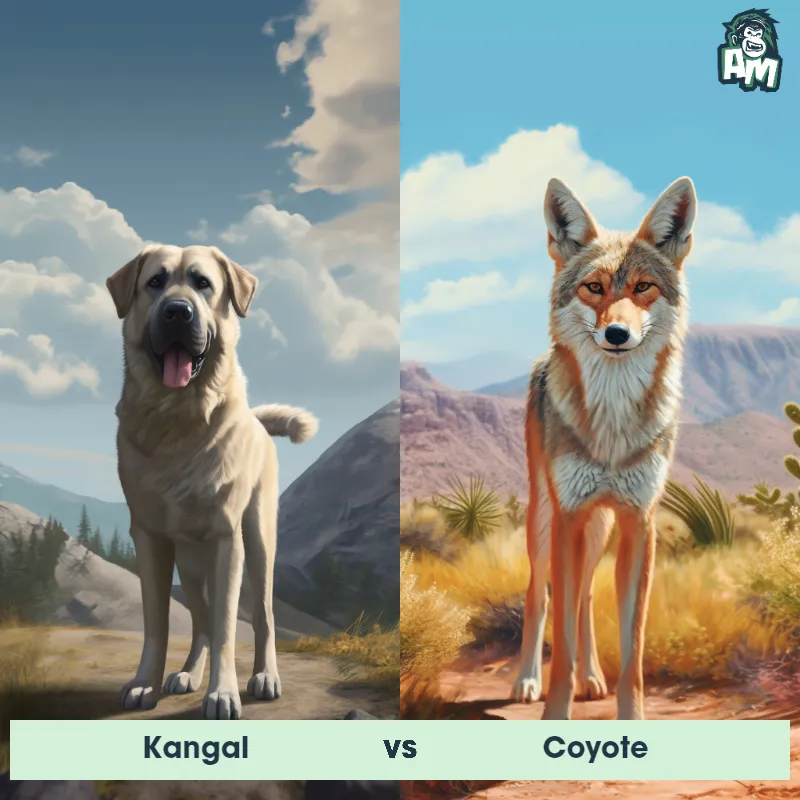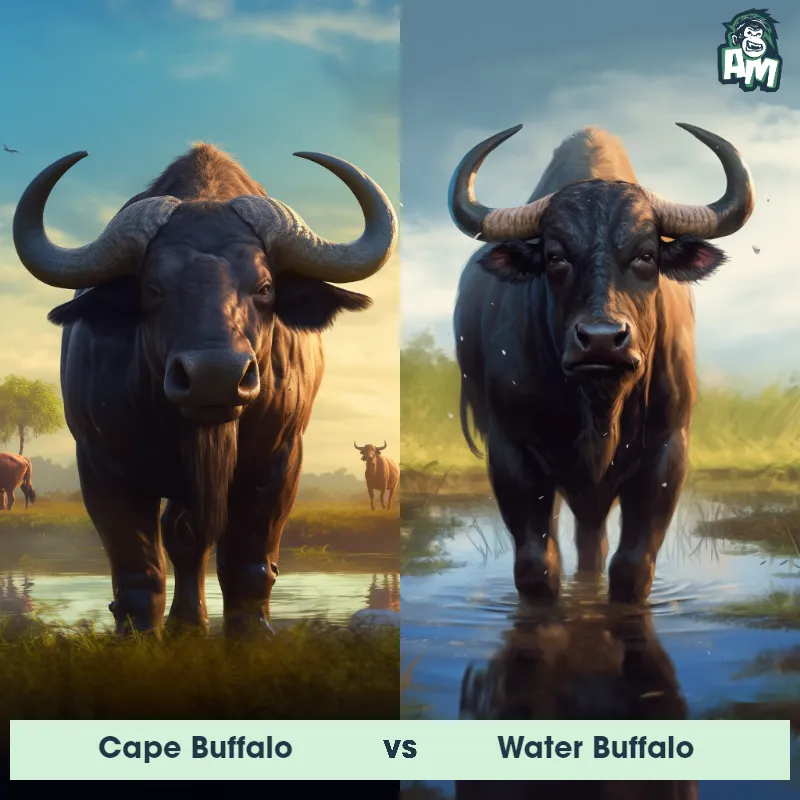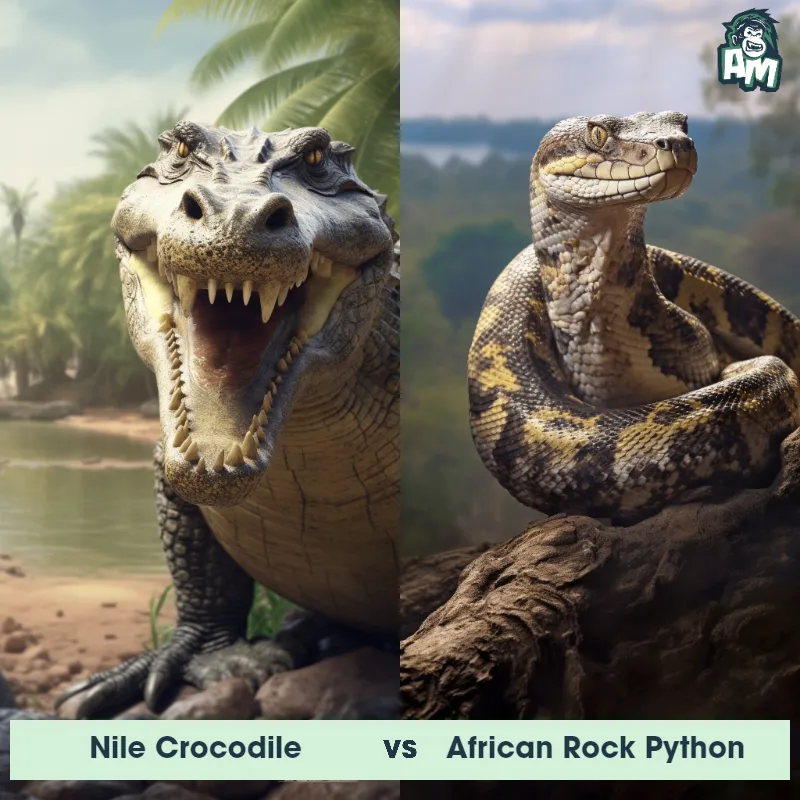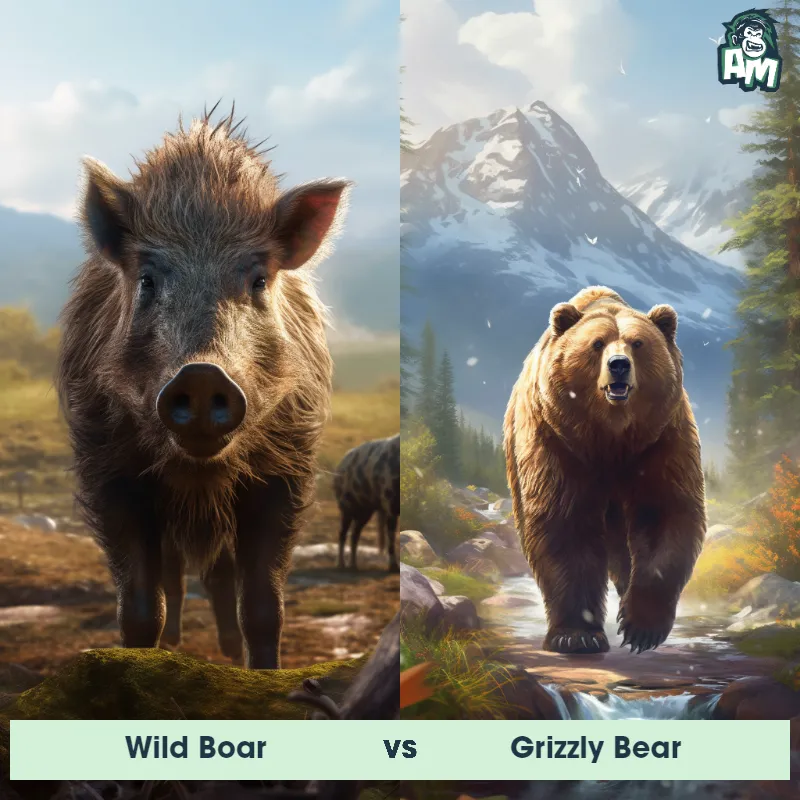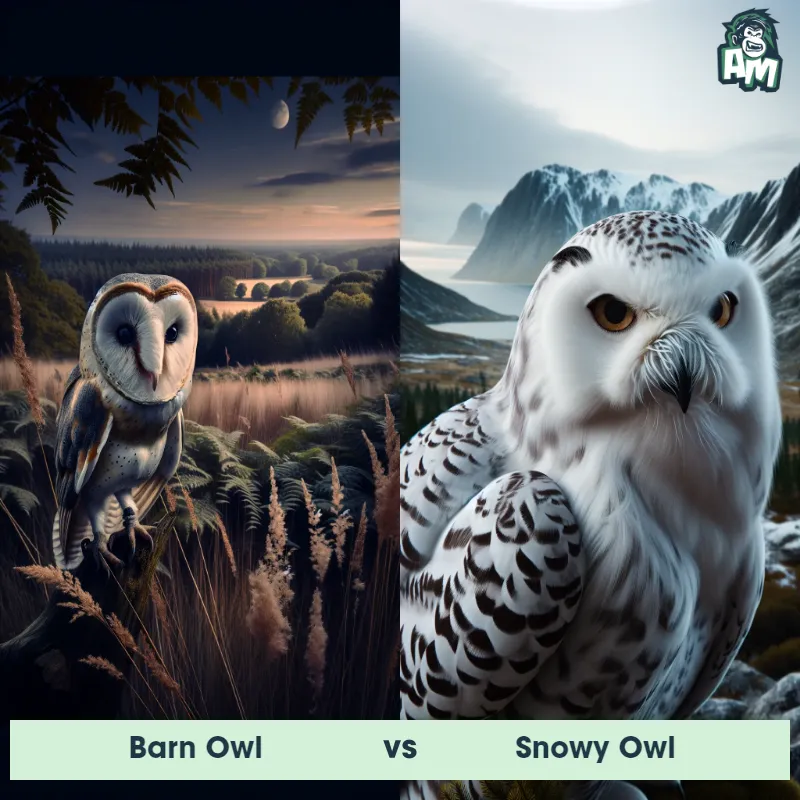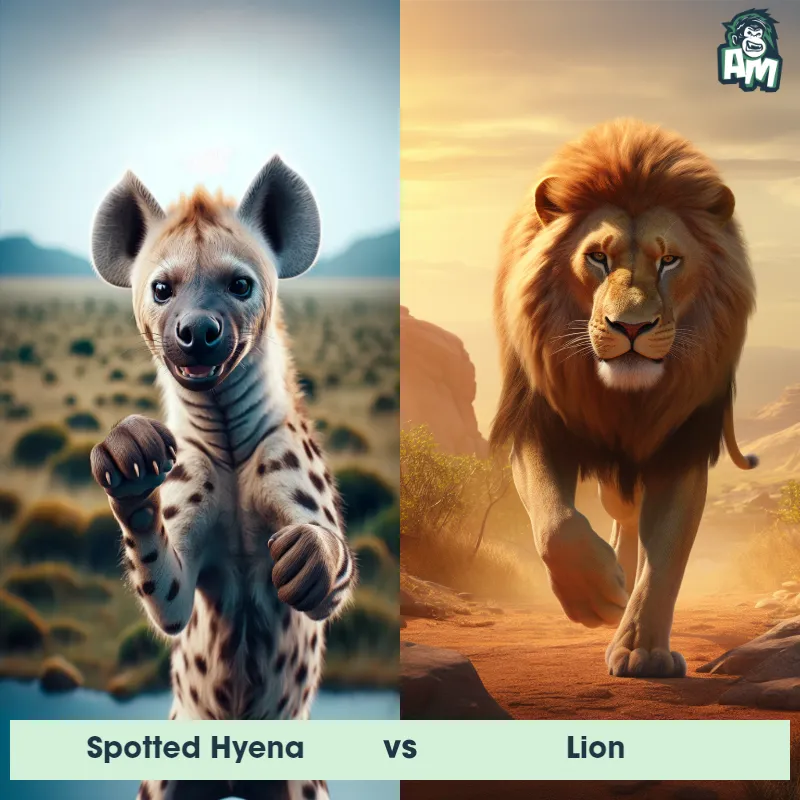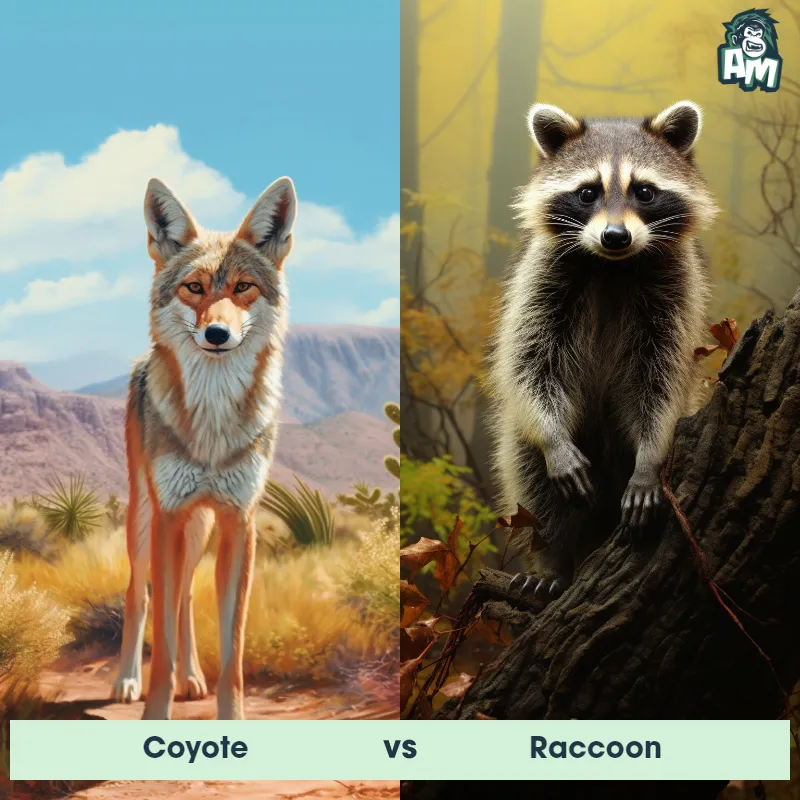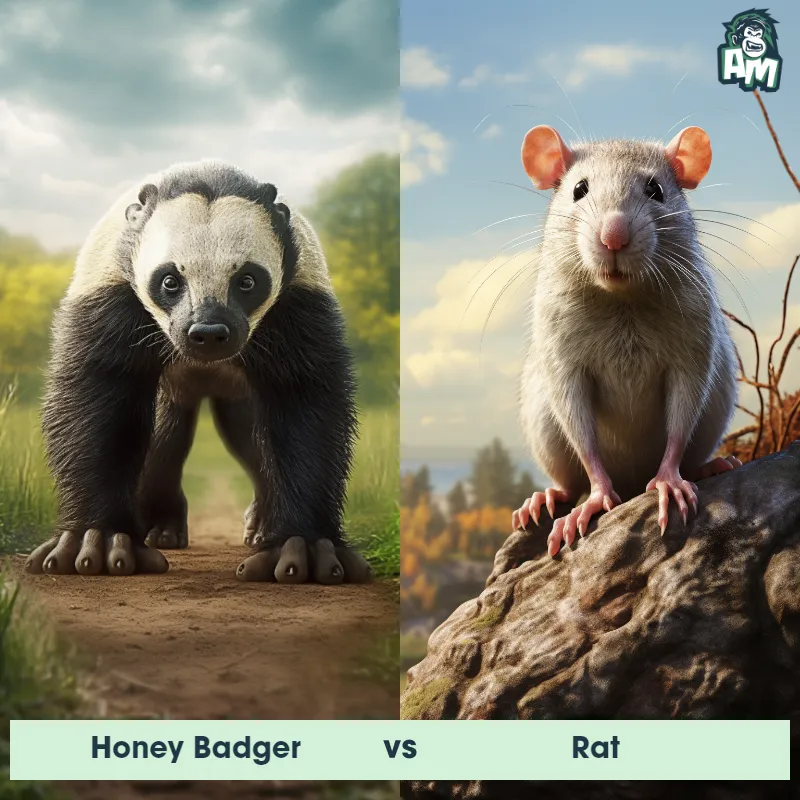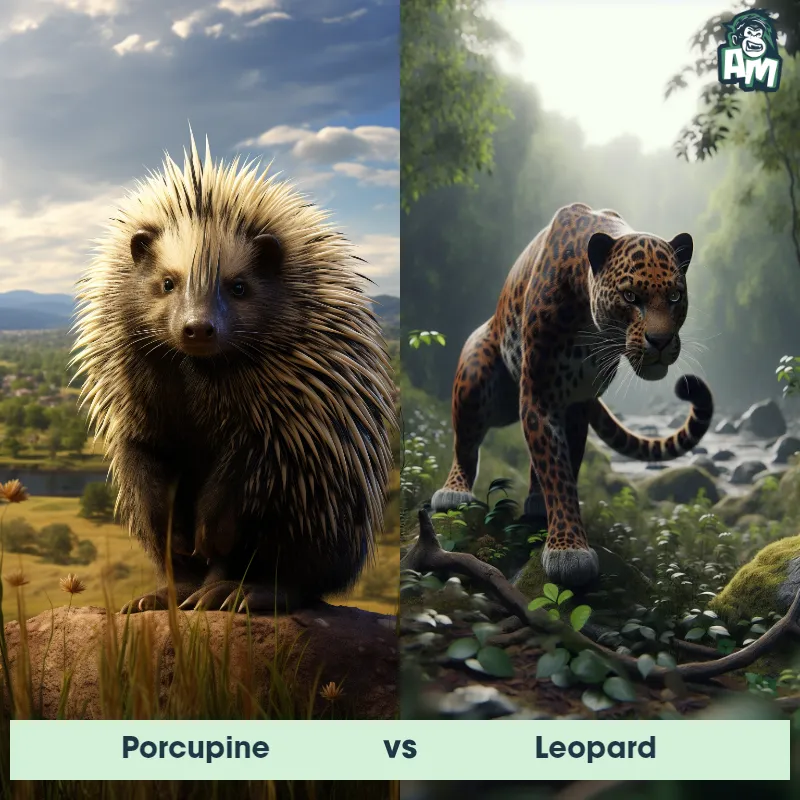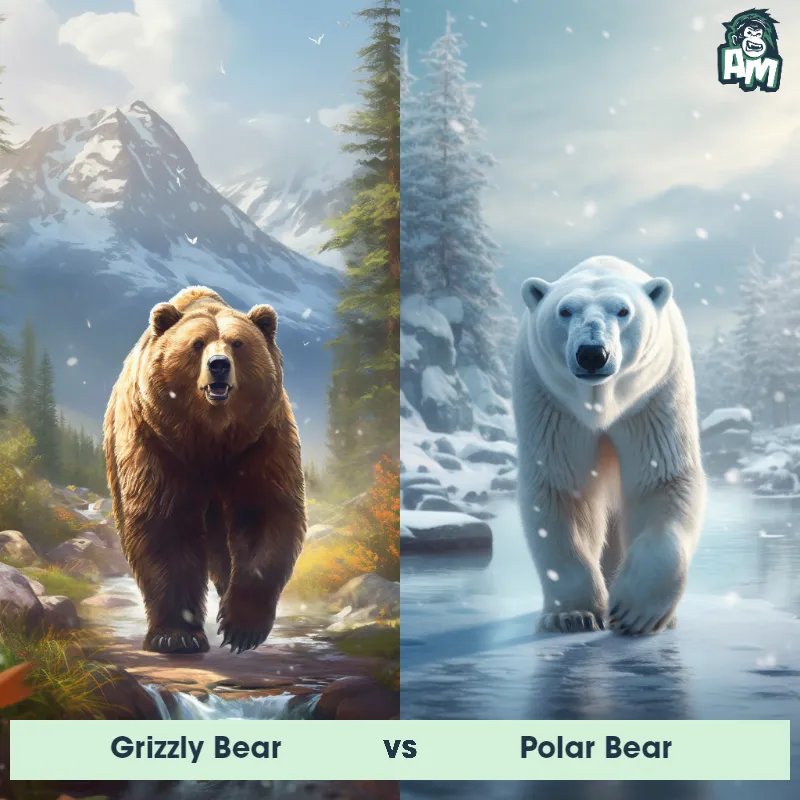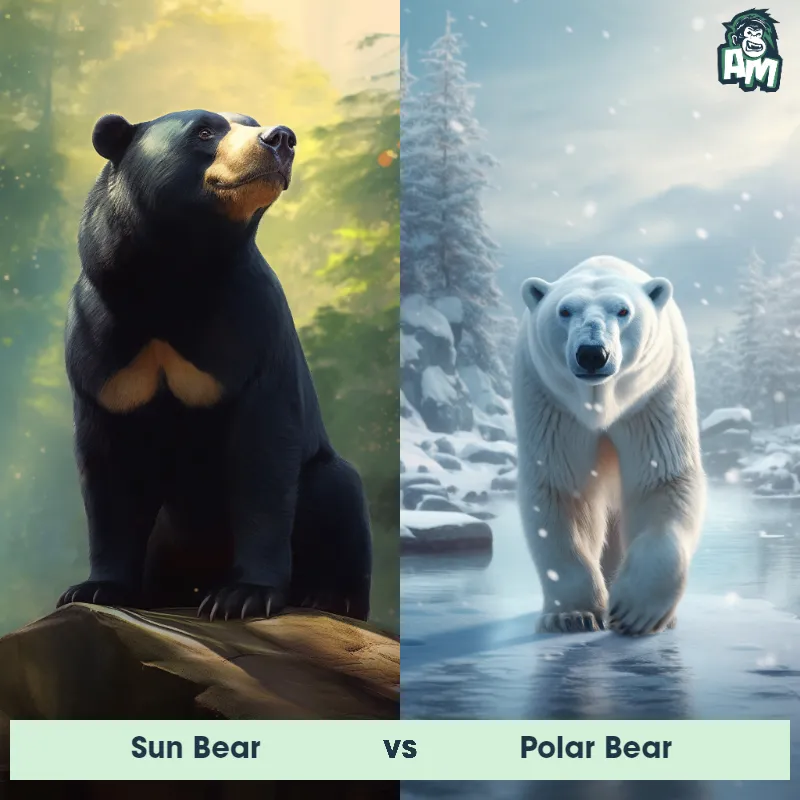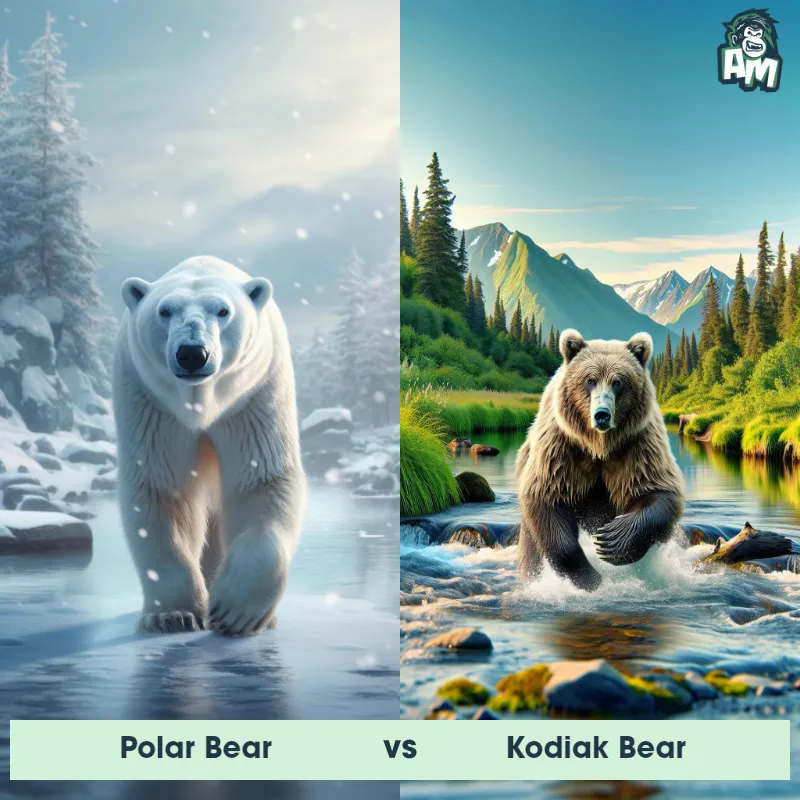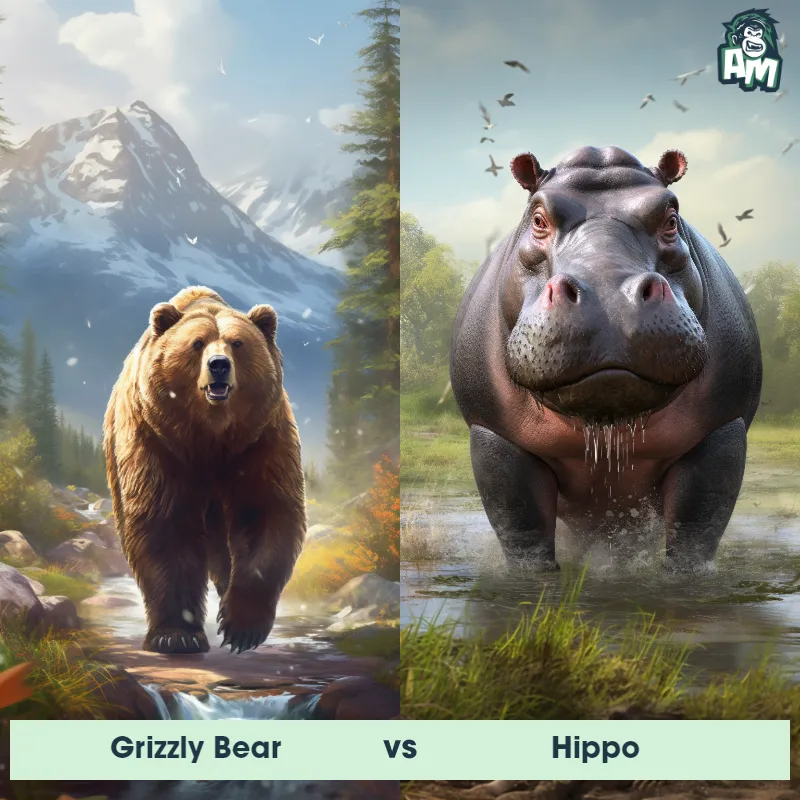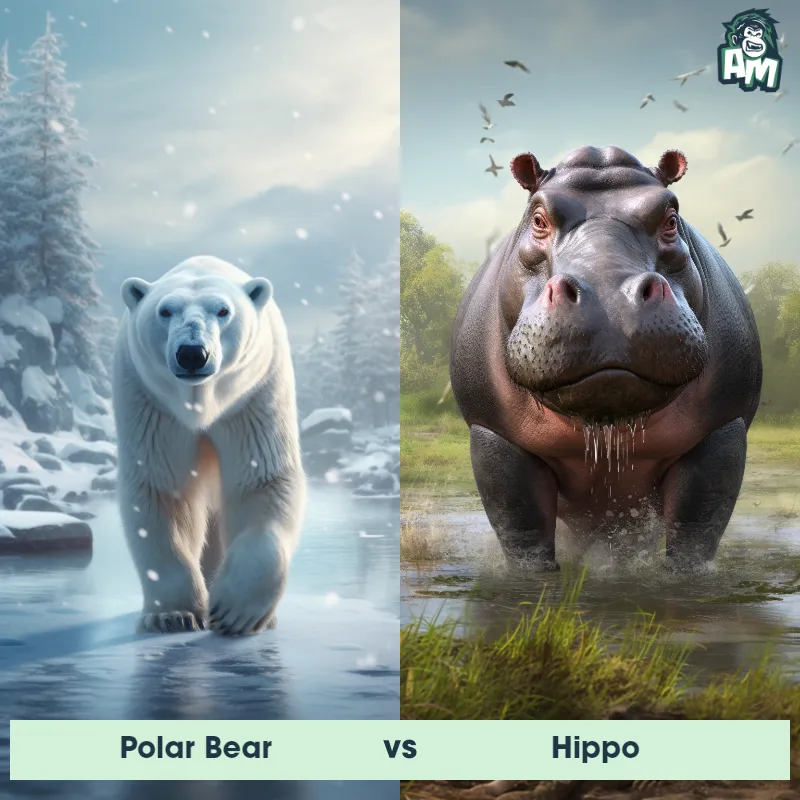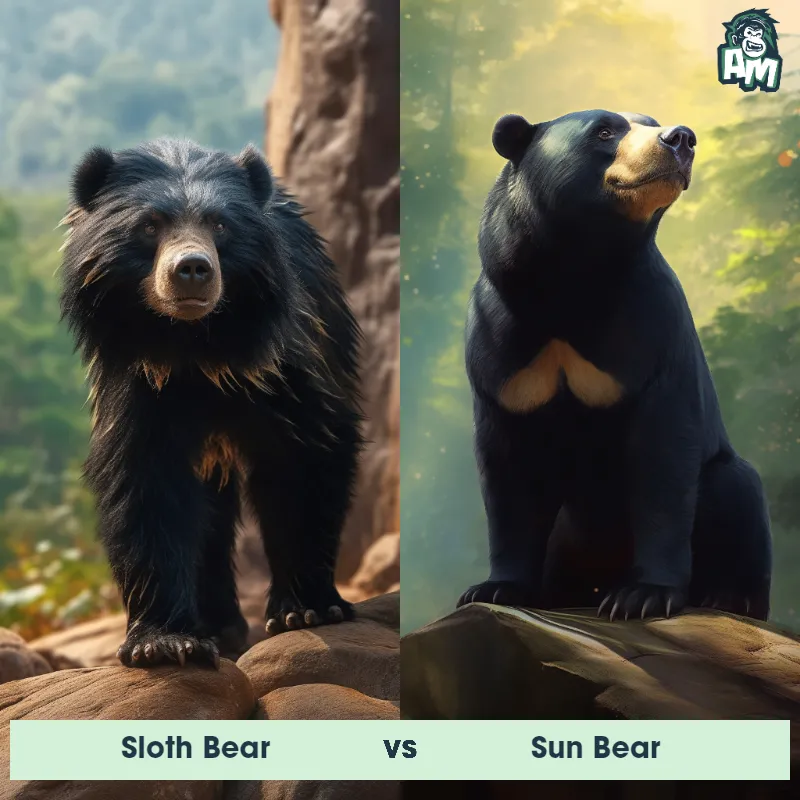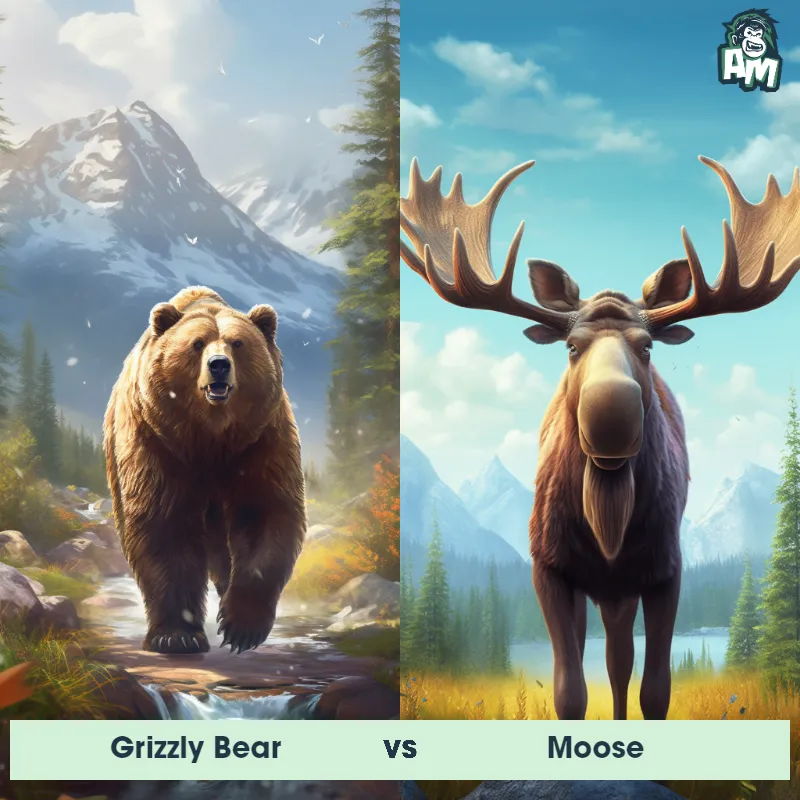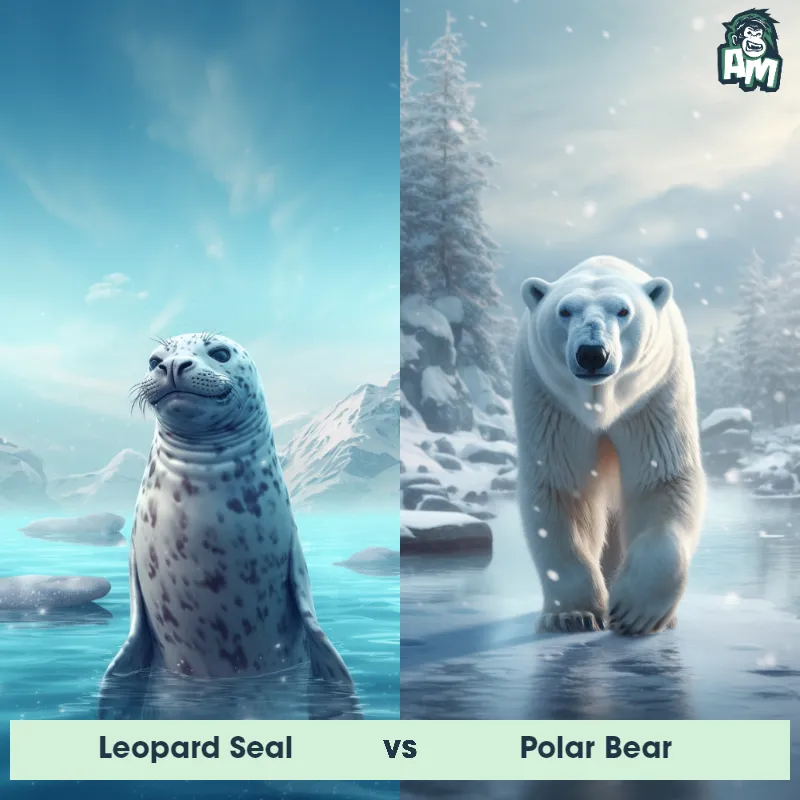Hippo vs Kodiak BearSee Who Wins

Ladies and gentlemen, welcome to this thrilling matchup between two of nature's powerhouses. In one corner, we have the mighty Hippo, known for its massive size and brute strength. And in the other corner, we have the formidable Kodiak Bear, known for its agility and powerful swipes. Get ready for an extraordinary encounter between these titans of the animal kingdom!
Contender 1: Hippo
The hippopotamus, often simply referred to as the hippo, is a large, mostly herbivorous mammal native to sub-Saharan Africa. With a barrel-shaped body, short legs, and a massive head with a broad, round snout, the hippo is the third-largest land animal after the elephant and rhinoceros. Hippos spend most of their day in the water or mud to keep their skin moist and protect it from the sun. Despite their bulk, hippos are excellent swimmers and can run surprisingly fast on land.
Fun Fact: Hippos secrete a natural sunscreen in the form of an oily red substance, which earned them the nickname "blood sweat," although it is neither blood nor sweat.
Contender 2: Kodiak Bear
The Kodiak Bear, also known as the Alaskan Brown Bear, is a subspecies of brown bear native to the Kodiak Archipelago in southwestern Alaska. These colossal mammals are known for their massive size, with adult males weighing up to 1,500 pounds and standing at more than 10 feet tall when on their hind legs. Their fur is typically a dark brown color, providing excellent insulation in the cold Alaskan climate. Kodiak Bears are exceptionally strong swimmers and have a high tolerance for extreme weather conditions, making them formidable predators in their habitat.
Fun Fact: Did you know that Kodiak Bears have been observed sprinting at speeds of up to 30 miles per hour? Despite their enormous size, these mighty bears possess remarkable agility and can outrun most humans.
Matchup Stats
| Hippo | Kodiak Bear | |
|---|---|---|
| Size | 5 feet tall at shoulder, 13 feet long (1.5 meters tall at shoulder, 4 meters long) | Up to 10 feet tall (3 meters) |
| Weight | 3,000 to 4,000 pounds (1,400 to 1,800 kilograms) | Up to 1,500 pounds (680 kilograms) |
| Speed | 19mph (30km/h) | 34-35mph (55-56km/h) |
| Key Strength | Powerful jaws with large teeth | Strong bite and powerful swipes |
| Biggest Weakness | Poor eyesight | Slower movements compared to smaller predators |
Current Votes
Hippo vs Kodiak Bear
See Who Wins
View More Matches
Looking For More?
Similar Matches
Scientific Stats
| Hippo | Kodiak Bear | |
|---|---|---|
| Scientific Name | Hippopotamus amphibius | Ursus arctos middendorffi |
| Family | Hippopotamidae | Ursidae |
| Habitat | Rivers, lakes and swamps | Forests, tundra, and rocky areas |
| Geography | Sub-Saharan Africa | Kodiak Archipelago, southwestern Alaska |
| Diet | Herbivorous, primarily grasses | Omnivorous - eats berries, nuts, vegetation, fish, and meat |
| Lifespan | 40 years - 50 years | 20 years - 25 years |
Key Differences between Hippo and Kodiak Bear
- Shape: The Hippo has a bulky and barrel-shaped body, with short legs and a large head featuring a wide mouth and short ears, whereas the Kodiak Bear has a more streamlined body with long, powerful limbs, a shorter head, and prominent ears.
- Size: The Hippo is significantly larger than the Kodiak Bear, with an average adult male standing around 5 feet tall at the shoulder and weighing up to 8,000 pounds, while a fully grown male Kodiak Bear can reach a height of 10 feet and weigh up to 1,500 pounds.
- Habitat: Hippos are native to sub-Saharan Africa and are mainly found in freshwater habitats such as rivers, lakes, and swamps, while Kodiak Bears inhabit the Kodiak Archipelago in Alaska, primarily living in coastal areas and forested regions.
- Skin Texture: The Hippo has thick, hairless, and wrinkled skin that appears grayish in color, while the Kodiak Bear has shaggy fur with varying shades ranging from golden brown to dark brown.
- Mobility: Hippos are primarily aquatic animals, adapted for a semi-aquatic lifestyle, with webbed toes and a barrel-shaped body ideal for swimming and living in water. Conversely, Kodiak Bears are terrestrial mammals, excellent climbers, and proficient swimmers, but not as adapted to an aquatic lifestyle as the Hippo.
- Facial Features: Hippos possess a large mouth with sharp canine teeth that can be seen even when their mouth is closed, along with small, squinty eyes and small, rounded ears. Kodiak Bears have a more defined snout, prominent, forward-facing eyes, and large, rounded ears.



